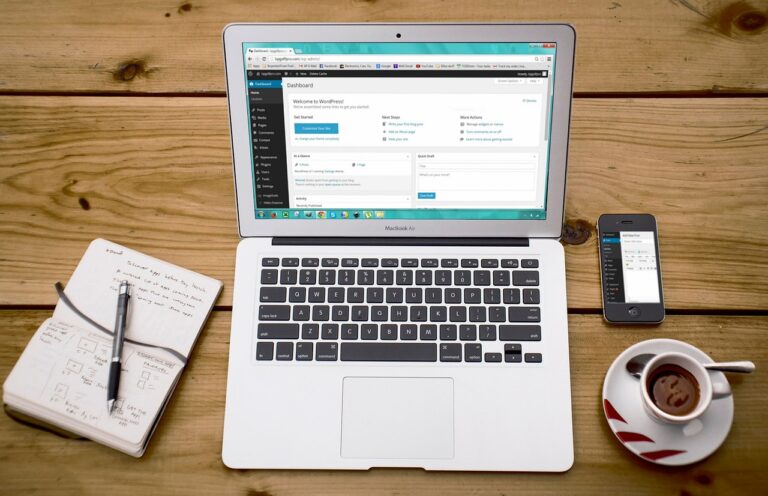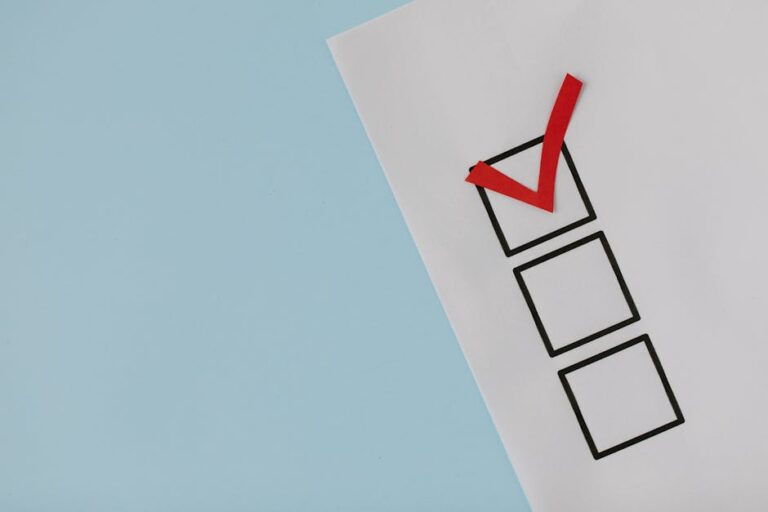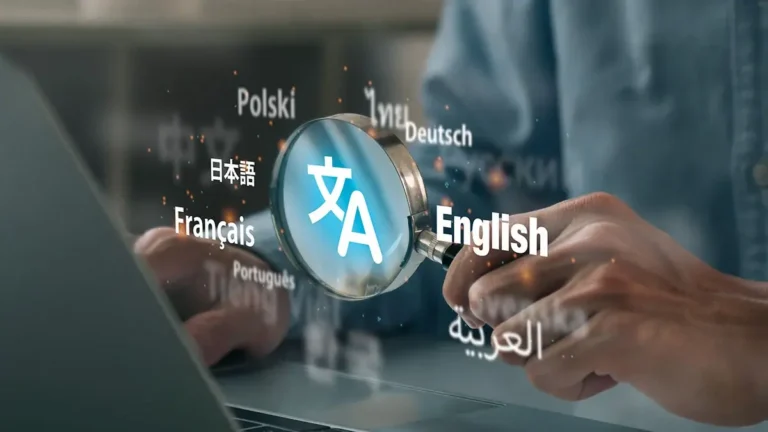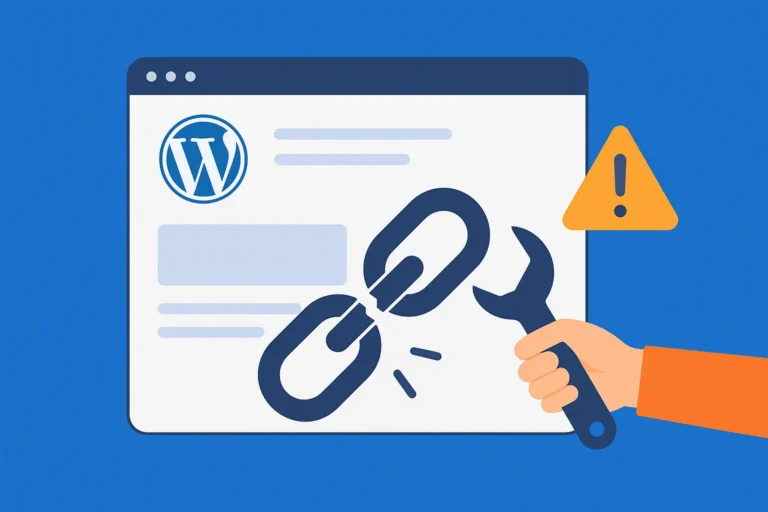These seven important steps will keep hackers out of your WordPress site: keep the core and plugins up to date, make sure users have strong passwords, install a security plugin, turn on a firewall, turn on SSL, set up backups, and limit admin access.” The steps in this guide will help you stop 99% of regular attacks.
— By Preet, Web Security Expert with 8+ Years of Experience
1. Why it’s important to keep WordPress safe?
Cybercriminals are always going after WordPress because it runs more than 43% of all websites. One leak can:
- 💳 Steal private user information
- 🦠 Add harmful scripts or links
- ⚠ Make your whole site crash or get it put on a blacklist
In the real world, thousands of WordPress blogs were hacked in early 2025 using old tools. This caused data theft and search engines to punish the site.
🔍 Bonus Tip: Google can remove sites that have been hacked from their index, so security is very important for your SEO and trustworthiness.
2. Step 1: Keep everything up to date
Why? Plugins and styles that are too old are the main reason why WordPress sites get hacked.
How to do it right:
- For small core releases, go to WordPress Settings and turn on auto-updates.
- Test big changes on a temporary site first before putting them live.
- Set an alarm to go off once a week to check Dashboard > Updates manually.
- Delete apps and themes that you don’t use anymore.
📌 Pro Tip: Use ManageWP or MainWP to keep track of and make changes to various WordPress sites from one place.
How do I update WordPress with one click?
Go to Dashboard > Updates, click “Update Now” under WordPress, and wait 30 seconds. No technical skills needed!
Will updating WordPress break my website?
Rarely—but always backup first (use UpdraftPlus). Major updates may need testing on a staging site if you use custom
3. Step 2: Make sure users have strong logins
Every day, brute-force bots try thousands of different usernames and passwords.
Action Plan:
- Use long, unique passphrases like “MyDogEats!2025Bones” to keep your information safe.
- You can use Wordfence, Duo, or Google Authenticator to set up 2FA (Two-Factor Authentication).
- Plugins like Limit Login tries Reloaded let you limit the number of failed login tries.
- If you’re not using Jetpack or web apps, turn off XML-RPC login access.
🔒 Structured Data Tip: Add a model that describes these steps as a “How To.”
🛡 Bonus: To instantly stop bots, you might want to use a login CAPTCHA like hCaptcha.
4. Step 3: Install a Security Plugin
This is an extra layer of defense because these plugins scan for malware, protect your logins, and set up filters.
Best Choices:
- Sucuri is great for checking for malware and protecting your DNS.
- Wordfence shields you from threats in real time and lets you see live traffic.
- iThemes Security: Lockdown tools make it easy for beginners to set up.
🛡 Case Study: When I turned on Wordfence for a client site, brute-force attempts dropped by 94%.
5. Step 4: Turn on the firewall and SSL
Why? SSL protects the messages that your site and its users send to each other. It stops bad data from getting to your server before it does.
Things to do:
- You can get a free SSL from Let’s Encrypt or your host (most cPanel set ups give it under SSL/TLS).
- To block rogue IPs and bot traffic, use Cloudflare or Sucuri firewall.
- For extra SSL security, turn on HSTS (HTTP Strict Transport Security) in your.htaccess file.
Users should be able to understand what you’re saying when you say “SSL turns your HTTP to HTTPS for secure visits.”
Add security headers like X-Frame-Options, Content-Security-Policy, and Referrer-Policy as a bonus.
6. Step 5: Set up automatic backups
If your site gets hacked or crashes, backups let you get back up and running quickly.
How to do it right:
- Connect UpdraftPlus or BlogVault to Google Drive or Dropbox after setting it up.
- Back up busy sites every day, or blogs that don’t get much traffic once a week.
- Always keep three copies of your data, and check your ability to restore them once a month.
- Don’t keep files on your hosting server; instead, save them somewhere else.
💾 Schema Opportunity FAQ:

7. Step 6: Limit access to admin
Why? Because attacks are most often aimed at default admin URLs and users.
How to keep yourself safe:
- Using WPS Hide Login, change the login URL to something else, like /secure-login.
- Don’t give writers or contributors full admin access. Instead, limit their jobs.
- Turn off the WordPress Theme/Plugin Editor:

- You can use.htaccess to limit who can access /wp-admin by IP address, especially if you’re the only person who uses your site.
- As an extra tip, use email login instead of usernames to make logins even safer.
8. Advanced: Make your site safer
If you know how to do the basics, try these more complicated ways to harden:
- Change the name of the “admin” user by making a new user with admin rights and then deleting the “admin” user.
- Turn off XML-RPC if not needed:

- Get rid of the version meta tag from the header and RSS feeds to hide the WordPress version.
- Set the right permissions for the files –
- 644 files
- 755 folders
- Do not use 777 (anyone can get in)
To make sure everything is set up correctly, use Security Headers Checker tools such as securityheaders.com.
9. Frequently Asked Question
Q: Is it safe to use free WordPress hosting?
A: Not really. Most free hosts don’t have backups or defenses that work right. Pick a service you can trust, like SiteGround or WP Engine.
Q: How often should I check for malware?
A: Once a week with your security plugin and once a month with an audit done by hand using outside tools such as Sucuri SiteCheck.
Q: Can having too many apps make my site less safe?
A: Yes. Only use trusted apps that have been updated. Get rid of anything you don’t need.
In conclusion
Simple habits, not being paranoid, are what make WordPress safe in 2025. If you follow these 7 steps, you can:
- Get rid of 99% of usual threats
- Keep your customers’ trust and your business safe.
- Get better speed and uptime
- Better your SEO (yes, Google does look at site safety)
💽 Need help from a pro? You can get one-on-one WordPress security checks from Preet Web Vision.
- Call +63-9633112000;
- E-mail: hello@preetwebvision.com
- Web address: Preet Web Vision
🎥 Subscribe to my YouTube Channels:
- Preet Tech Ideas (English)
- Preet WebXP (Hindi)
💏 Liked this post?
If this guide helped you keep your site safe, please do me a small favor: If you like it, please share it with someone who could use it and leave a review below.
Have a question? Leave it in the comments, and I’ll answer it myself.





